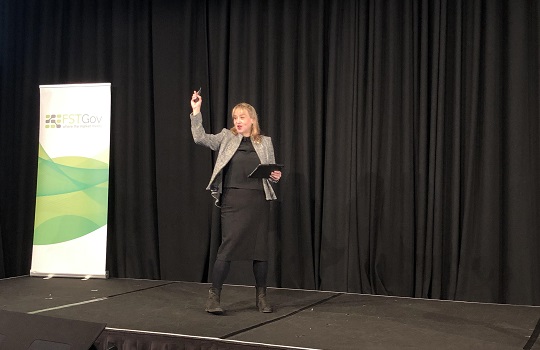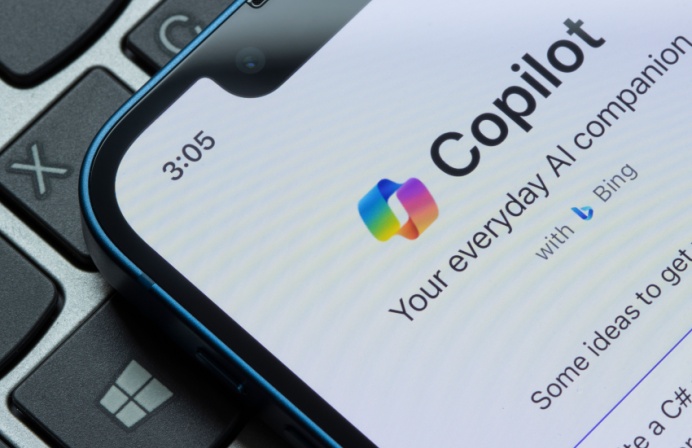
‘Smart places’ transformation, including progressive adoption of breakthrough IoT and digital twin technologies, is set to become a foremost priority under the NSW Government’s Digital and Customer Capability Framework, according to the Government’s head of strategic digital initiatives, Dr Kate Harrington.
The move is set to substantially raise the profile of smart cities-focused innovation within the NSW public sector.
The Digital Capability Framework, itself a subset of the Public Service Commission’s wider Capability Framework, compels NSW Government agencies to advance digitalisation and better leverage technology to improve public agency operations and citizen services.
Among the key priorities of the Digital Capability Framework include a push to advance digital leadership, improve data use, drive adoption of ‘enabling technologies’ (including AI, cyber and internet of things, or IoT), and create a more agile-defined, co-design-ready and collaborative operating environment.

NSW Govt’s current Digital Capability Framework priorities
Speaking at the FST Government NSW event earlier today, Harrington, who serves under the Victor Dominello-led Department of Customer Service, noted that while the Department has developed specific “training packages around all” current Digital Capability Framework priorities, it will now add ‘smart places’ innovation and uplift as a key focus area, moving to expand its “suite of capabilities” and training in this space.
The NSW Government’s Smart Places strategy is a sweeping smart cities-based initiative to embed data-capturing technologies into built environments (for instance, installing IoT sensors into public parks and reserves, parking lots, or public transportation systems) with an overarching ambition to “improve the productivity, liveability and resilience of cities, towns and communities”.
Harrington said the Government is now “challenging itself” to work more closely and collaboratively with local communities to move forward its ‘smart places’ priorities.
“[It’s] not about us dictating what we are doing. We are thinking digitally and thinking differently.
“We’re thinking about inclusion, human-centred design, [and] what it actually means to live digitally and differently.”
An early beneficiary of the Government’s more targeted focus on smart cities innovation is its Park’n Pay app – “a top priority for Minister Dominello,” Harrington said.
The app provides real-time parking availability search as well as instant pay facilities; it is currently limited to a number of major urban and regional centres in NSW.
She said the Customer Services department is currently working with local councils to roll out the service as a “seamless, touchless solution right across the state”.





